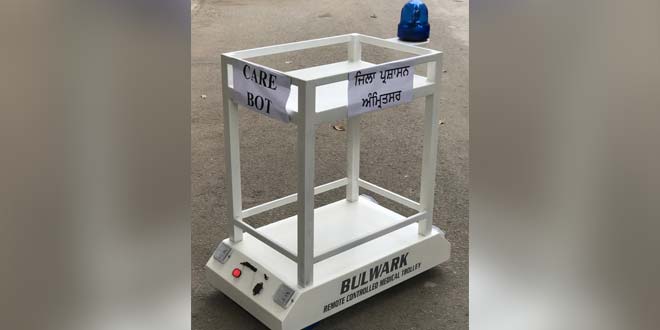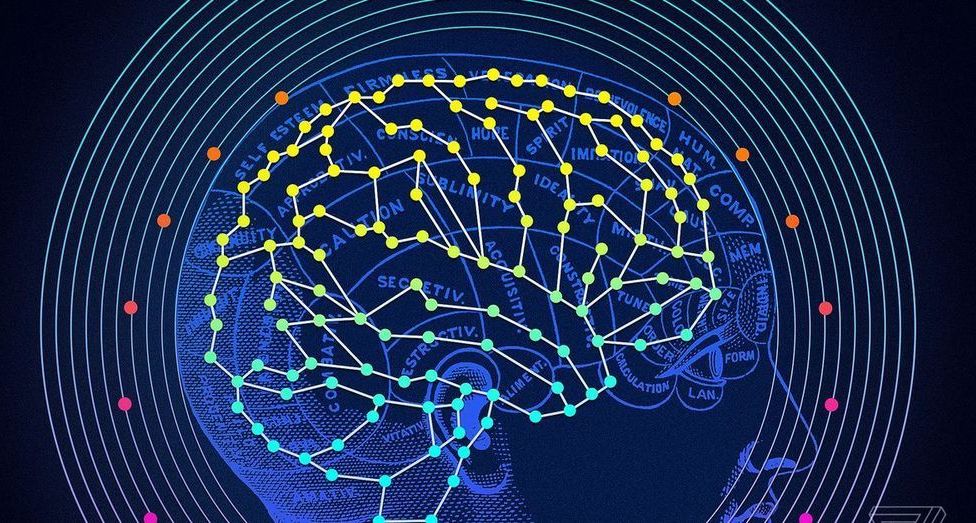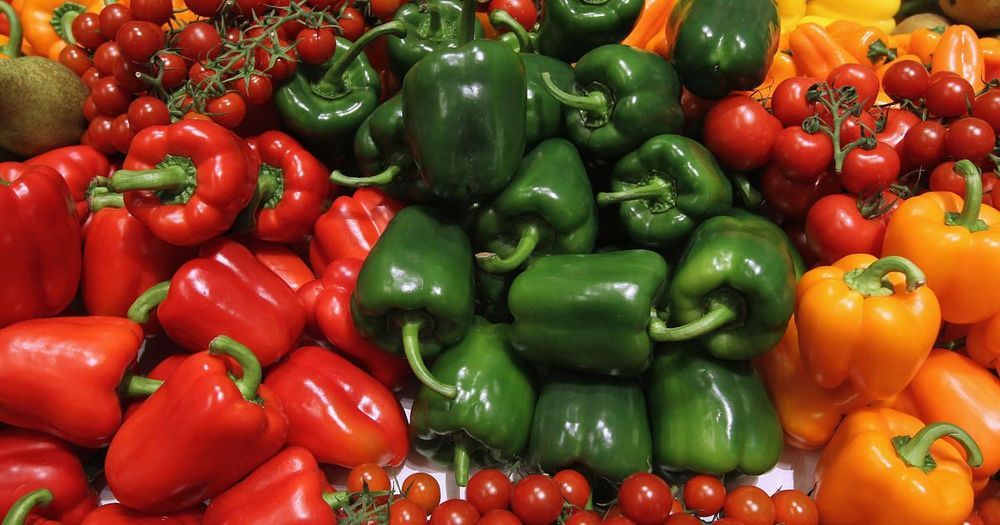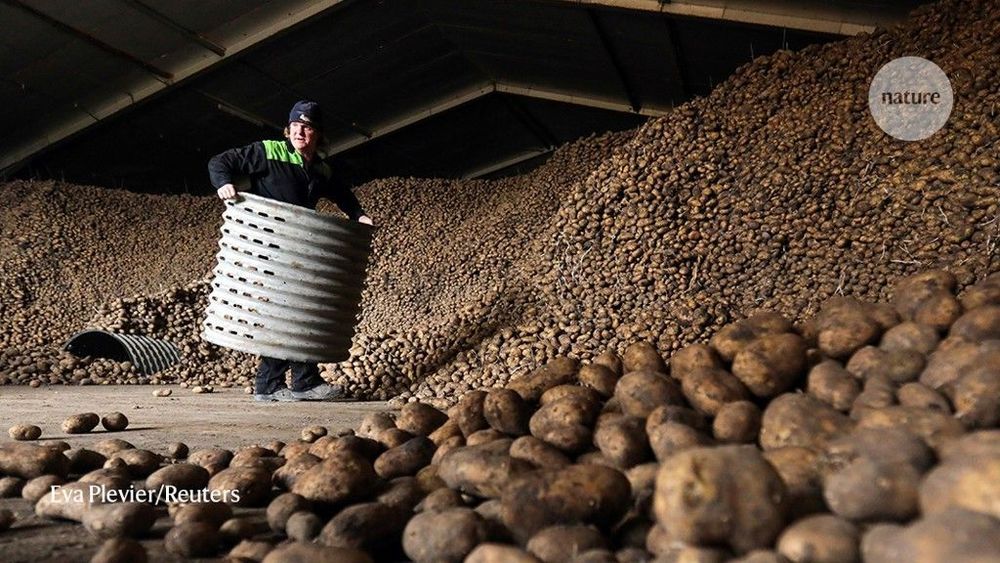In a bid to ensure physical distancing at COVID-19 care facility in Amritsar, a robotic trolley ‘carbeot’ has been deployed to provide essentials like medicines, food to coronavirus patients.



The study of both fermented and non-fermented soy products was based on the results of research carried out on approximately 90,000 men and women between the ages of 45 and 74 over a period of 15 years. The team calculated intake quantities for all soy products and fermented products only through a dietary survey and examined the relationship with mortality in five similarly sized groups.
Findings from a scientific study help support the long-held belief that fermented soy products like nattō are good for one’s health.

Artificial intelligence is getting down in the weeds. An AI-powered robot that can distinguish weeds from crops and remove them could eventually be used as an alternative to chemical insecticides.
Kevin Patel and Nihar Chaniyara at tech start-up AutoRoboCulture in Gandhinagar, India, have created a prototype device, called Nindamani, specifically for cauliflower crops.

Bad news.
The US Patent and Trademark Office (USPTO) has ruled that artificial intelligence systems cannot be credited as an inventor in a patent, the agency announced earlier this week. The decision came in response to two patents — one for a food container and the other for a flashing light — that were created by an AI system called DABUS.
Among the USPTO’s arguments is the fact that US patent law repeatedly refers to inventors using humanlike terms such as “whoever” and pronouns like “himself” and “herself.” The group behind the applications had argued that the law’s references to an inventor as an “individual” could be applied to a machine, but the USPTO said this interpretation was too broad. “Under current law, only natural persons may be named as an inventor in a patent application,” the agency concluded.

Idaho-based beef purveyor Snake River Farms is donating 35,000 10-ounce steaks to Bay Area food banks, with a total value of $2 million, the San Francisco Chronicle reports. It’s part of a larger initiative the company announced last week, which will send $8 million worth of its American wagyu to cities around the country to feed hospital workers, laid-off restaurant staff and other communities affected by the Covid-19 crisis. Snake River is relying on regional distribution partners in Los Angeles, Seattle, New York and San Francisco to help them get their donation to nonprofits.
With restaurants shut down, Snake River Farms is giving its premium beef a good home.

👏🙌💪Farmers around the country have been forced to dump milk and waste fresh produce as schools, restaurants and other institutions remain closed due to the coronavirus pandemic. In response, Supermarket chain Publix launched a new initiative Wednesday to help struggling farmers — and get the food to Americans who need it most.
https://www.cbsnews.com/serviceworker.js
Farmers around the U.S. have been forced to dump milk and destroy produce as schools, restaurants and other institutions remain closed due to the coronavirus pandemic.

“A number of years ago, we talked about, ‘What if there wasn’t clean water? What if there wasn’t enough food? Where might we go? What might we do as a family?’ So, I think we should leave those preparations to ourselves,” Melinda Gates told BBC Radio Live on Thursday.
“We had prepared, and had some food in the basement in case needed, and now we’re all in the same situation,” she said.
Melinda said they could not prepare with a particular drug or vaccine, of course, as “there are no tools” for Covid-19.
Leroy Hood is one of the world’s leading scientists in molecular biotechnology and genomics.
Leroy Hood M.D., Ph.D.
A Personal View of Systems Biology and the Coming of “Big” Science.
This is a truly remarkable time in the biological sciences. Biology now has the opportunity to effectively attack some of the most fundamental problems of society, including healthcare, agriculture, bio-energy, a sustainable environment, and nutrition.


This is the truth of the looming “hunger pandemic,” which has the potential to engulf over a quarter of a billion people whose lives and livelihoods will be plunged into immediate danger, unless urgent and effective action is taken to keep commercial and humanitarian goods flowing, support communities with humanitarian assistance and provide governments with the additional health interventions required to control the spread of the virus.
If we can’t reach these people — if we can’t give them the lifesaving assistance they need because our funding has been cut or borders where we move our food have been closed — WFP’s analysis shows that 300,000 could starve to death every single day for the next three months.
When you consider that already, despite our best efforts, 21,000 people die of hunger every single day, the scale of the potential death toll is heart-rending. We could be looking at famine in about three dozen countries. In 10 countries, we have more than a million people who are on the verge of starvation as we speak.